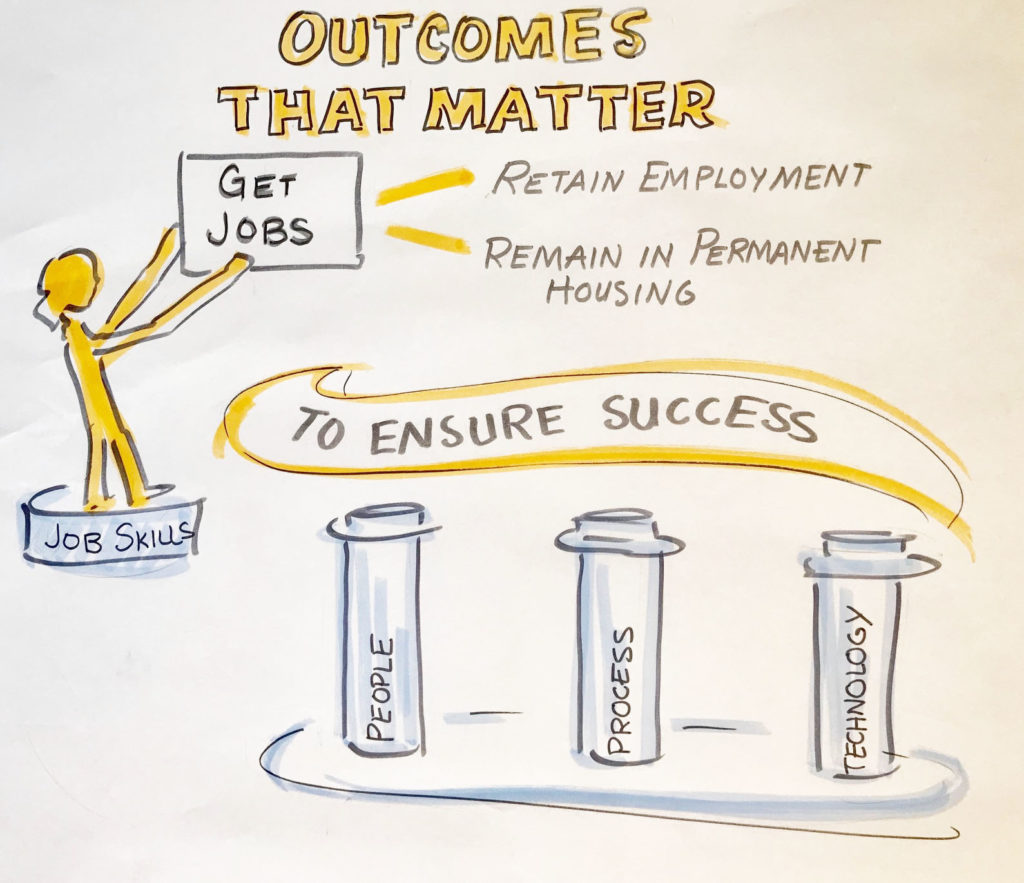 You know this scenario. They never have time. They often resent having to make the time. However, the executives have gathered in Denver for a multiday meeting to hone their presentation skills. Each executive has been assigned an executive coach to listen to their content outlines before they complete and deliver their presentations to the group. This is a practice session for the many presentations they will have to give on similar topics to different audiences around the country.
You know this scenario. They never have time. They often resent having to make the time. However, the executives have gathered in Denver for a multiday meeting to hone their presentation skills. Each executive has been assigned an executive coach to listen to their content outlines before they complete and deliver their presentations to the group. This is a practice session for the many presentations they will have to give on similar topics to different audiences around the country.
As the execs talk through their content, the coach asks questions and offers suggestions. I am the graphic recorder and have been asked to sit in on some of the coaching sessions. I turn my back on the PowerPoint and lower my eyes so I hear only the content. I take notes. Visually of course. I hear this:
“That’s why the outcomes we want are for 25% of this population to be employed and 90% of them to be in permanent housing. The three pillars we focus on are People, Process and Technology. To start with People pillar, let’s look at our staffing strategy…”
So I ask, “What do the three pillars represent?”
“I’m going to talk about each one,” he replies.
“Yes, but as a listener I don’t know what the three pillars – together – are supposed to represent. What unifies them? There’s no framework. I have no subtitle in my drawing. I have three pillars standing by themselves.”
“Oh…sure, the three pillars represent the three areas people need to develop to ensure a successful career path.”
“That’s great. I’ll put a sub-title above the pillars that says, “To Ensure Success.” Tell that to your audience, and remember to label the pillars on your slide.”
This scenario is only one example of how graphic recording can find a hole in a presentation. I draw what I hear and I listen for concepts, unity and flow of ideas. This makes for a clear visual story. If I don’t know how to draw the connection of one image to the next, I ask questions and that usually uncovers a gap in communications. This is the dress rehearsal.
When the speaker presents their polished presentation and the graphic recording is created live, the audience is immersed, receiving the message in multiple ways. They hear and see the speaker, view the PowerPoint, and experience the visual graphic recording. The audience gets it and the message makes an impact!
If you want to make a serious impact with your presentation, the content needs to be complete and succinct. Who do you know that might benefit from adding visual coaching to presentation practice sessions? Is it your manager? Is it you? Check out www.suefody.com for examples of how graphic recording tells a clear story and makes a powerful impact!
